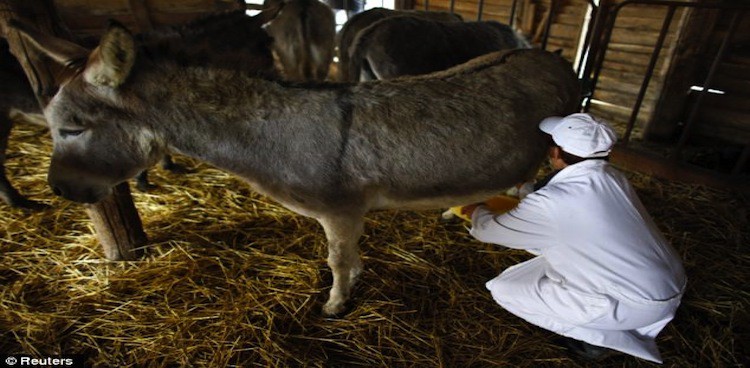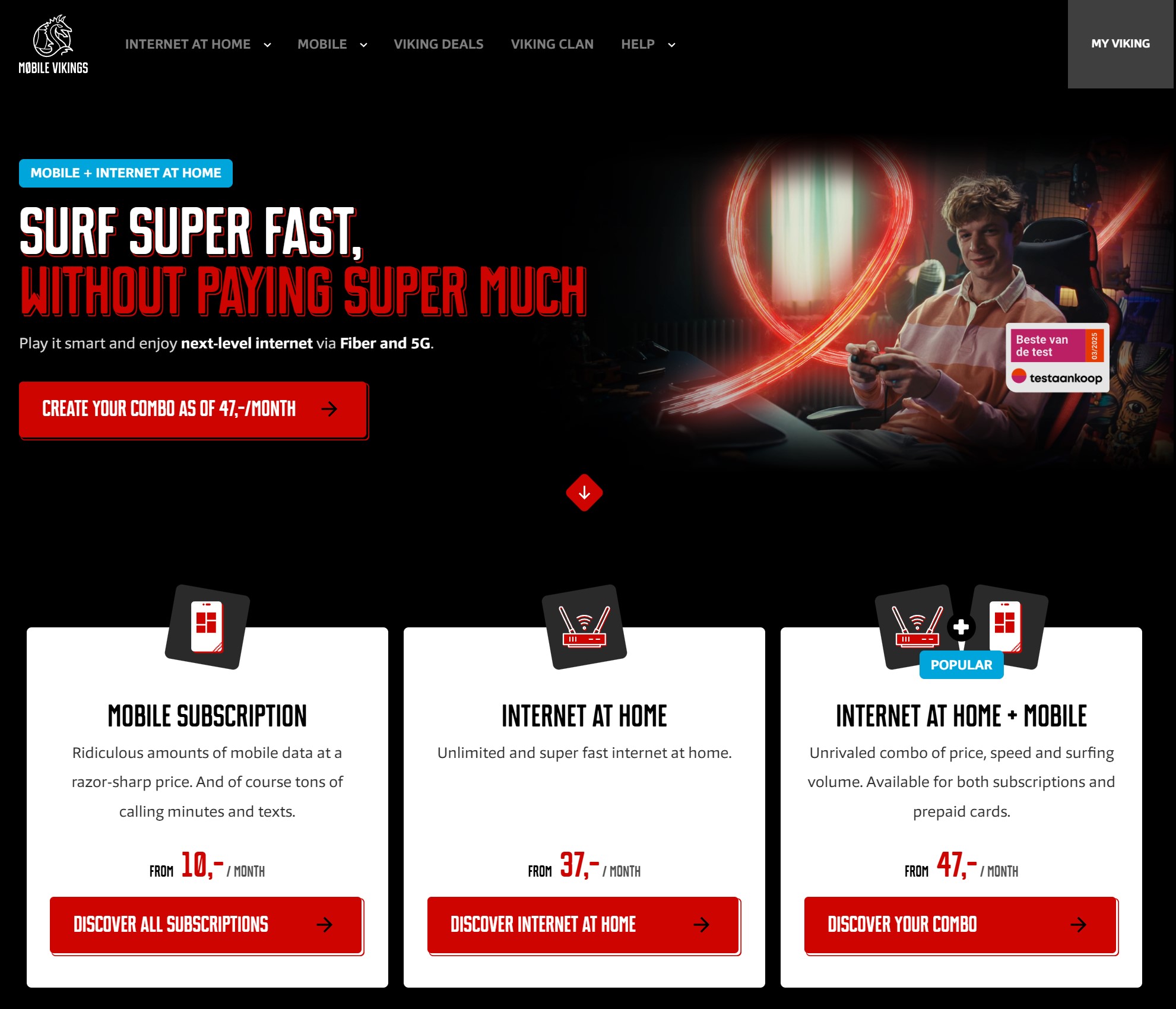Pule cheese is very rare, made from donkey’s milk, and its production costs are very high.
Slobodan Simic shows part of the process for the production of “Pule” – the most expensive cheese in the world, which costs 1,000 euros per kilogram and is made from donkey’s milk in Zasavica, Serbia.
It is said that donkey’s milk has many healing properties because it is very similar in composition to human milk.
It contains anti-allergens, has 60 times more vitamin C than cow’s milk and is very low in fat.
Pule cheese is very rare and its production costs are very high.
There are only 140 donkeys in the Zasavitsa Nature Reserve, where milk and cheese are produced.
There are only a dozen females who can give milk at any time.
One liter of donkey’s milk costs 40 euros, and 25 liters of milk are needed to produce one kilogram of cheese.
Cheese enthusiasts and foodies from all over the world are clamoring for a taste of pule because of its renowned flavor. Described as crumbly and soft, it is said to have a similar taste to that of Spanish manchego, but with a deeper and richer flavor. The superior qualities of donkey’s milk have been revered for thousands of years, and legend has it that the Egyptian queen Cleopatra bathed in donkey’s milk in an attempt to preserve her beauty. Containing only 1% fat and sixty times more Vitamin C than cow’s milk, donkey’s milk has a long history as an ingredient in health and beauty regiments; the Zasavica Reserve also sells donkey’s milk soap, for those who believe in its restorative powers.
Of course, if you’re looking for a novelty cheese-eating experience and aren’t specifically craving pule, there are many types of cheeses that are made with “exotic” alternative milks. Camels, reindeer, and yak are just a few of the unexpected animals whose milk is used in cheese production, all of which are less expensive and more easily accessible than the ever-elusive Pule.














 English
English French
French Spanish
Spanish German
German Dutch
Dutch Italian
Italian Danish
Danish Portuguese
Portuguese Greek
Greek Russian
Russian Swedish
Swedish Bulgarian
Bulgarian Hungarian
Hungarian Catalan
Catalan Ukrainian
Ukrainian Polish
Polish Basque
Basque Chinese (Simplified)
Chinese (Simplified) Japanese
Japanese Hebrew
Hebrew Arabic
Arabic Swahili
Swahili Amharic
Amharic Irish
Irish Afrikaans
Afrikaans Albanian
Albanian Armenian
Armenian Azerbaijani
Azerbaijani Belarusian
Belarusian Bengali
Bengali Bosnian
Bosnian Cebuano
Cebuano Chichewa
Chichewa Chinese (Traditional)
Chinese (Traditional) Corsican
Corsican Croatian
Croatian Czech
Czech Esperanto
Esperanto Estonian
Estonian Filipino
Filipino Finnish
Finnish Frisian
Frisian Galician
Galician Georgian
Georgian Gujarati
Gujarati Haitian Creole
Haitian Creole Hausa
Hausa Hawaiian
Hawaiian Hindi
Hindi Hmong
Hmong Icelandic
Icelandic Igbo
Igbo Indonesian
Indonesian Javanese
Javanese Kannada
Kannada Kazakh
Kazakh Khmer
Khmer Korean
Korean Kurdish (Kurmanji)
Kurdish (Kurmanji) Kyrgyz
Kyrgyz Lao
Lao Latin
Latin Latvian
Latvian Lithuanian
Lithuanian Luxembourgish
Luxembourgish Macedonian
Macedonian Malagasy
Malagasy Malay
Malay Malayalam
Malayalam Maltese
Maltese Maori
Maori Marathi
Marathi Mongolian
Mongolian Myanmar (Burmese)
Myanmar (Burmese) Nepali
Nepali Norwegian
Norwegian Pashto
Pashto Persian
Persian Punjabi
Punjabi Romanian
Romanian Samoan
Samoan Scottish Gaelic
Scottish Gaelic Serbian
Serbian Sesotho
Sesotho Shona
Shona Sindhi
Sindhi Sinhala
Sinhala Slovak
Slovak Slovenian
Slovenian Somali
Somali Sundanese
Sundanese Tajik
Tajik Tamil
Tamil Telugu
Telugu Thai
Thai Turkish
Turkish Urdu
Urdu Uzbek
Uzbek Vietnamese
Vietnamese Welsh
Welsh Xhosa
Xhosa Yiddish
Yiddish Yoruba
Yoruba Zulu
Zulu